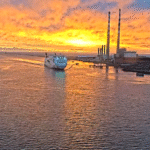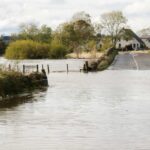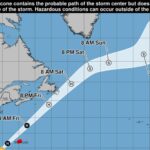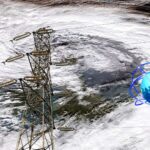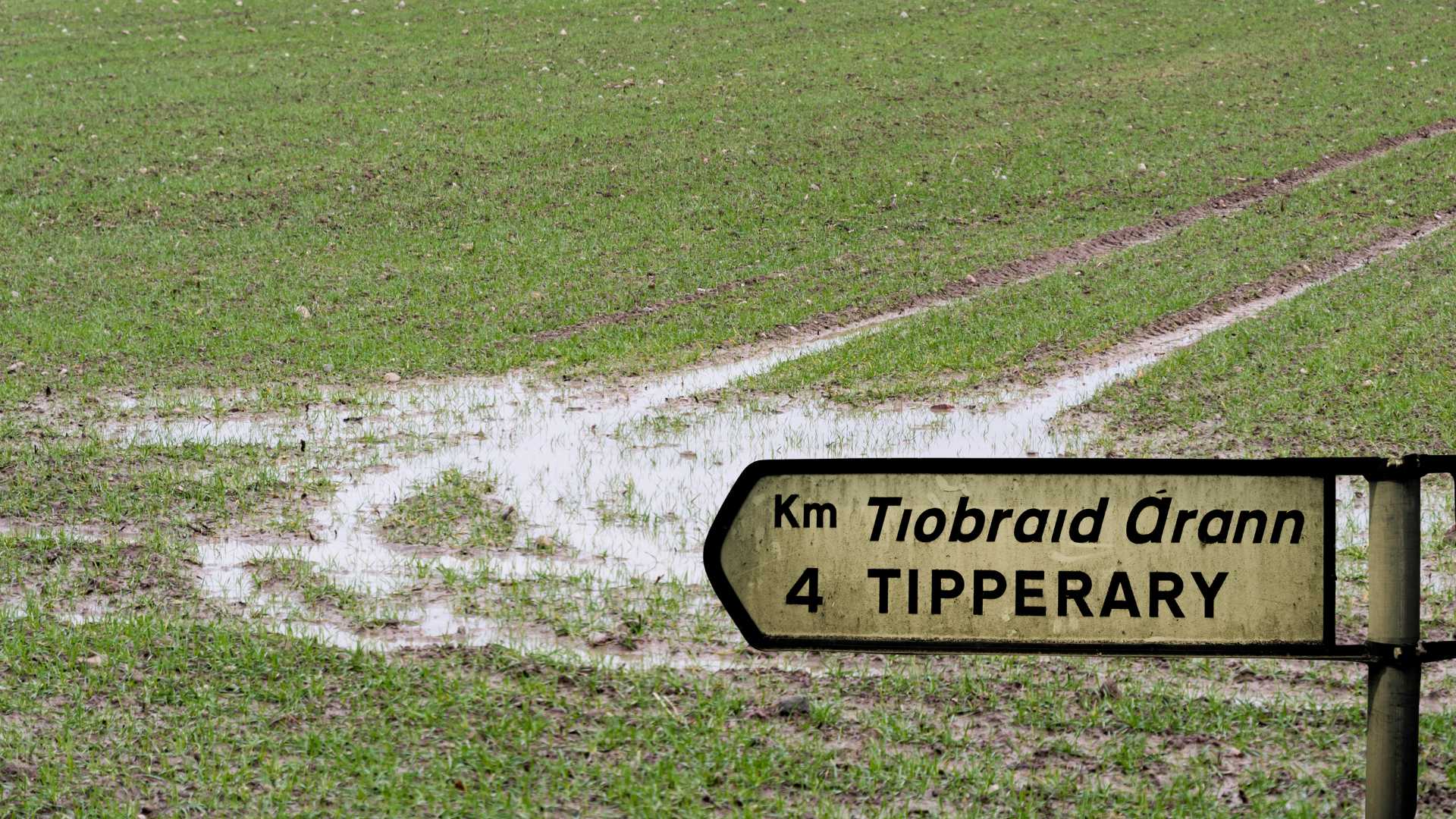
Marine heatwaves on the rise in Irish waters

The frequency of marine heatwaves in Irish waters has risen sharply since the 1980s, according to Dr Glenn Nolan, Section Manager of Oceanographic and Climate Service at the Marine Institute.
“Back then, we saw more cold spells in the ocean than heatwaves,” Dr Nolan said. “But in recent years, marine heatwaves have become increasingly common. For example, there was one recorded west of Ireland in 1983, compared with six so far in 2025.”
Marine heatwaves, periods when sea temperatures remain in the top 10% of long-term measurements for five days or more, can last from a few days to two months. In 2023, an intense heatwave pushed ocean temperatures around 4°C above the long-term average.
Dr Nolan explained that while warmer seas may appeal to swimmers and leisure users, such heatwaves can have serious consequences for marine life. Reproduction and growth of key species may be affected, and some may die when temperatures exceed their tolerance.

Using sensors deployed along the coast, on offshore buoys, and satellites, scientists can now systematically monitor marine heatwaves and their impacts. These data are overlaid with the distribution of important fish and shellfish species, helping fishers and aquaculture operators to manage potential risks.
Looking ahead, climate models suggest marine heatwaves will become more frequent under high greenhouse gas emission scenarios, affecting both surface waters and the seabed. Dr Nolan emphasised that understanding these events is not just a scientific exercise, but has real-world benefits for the marine sector and for public awareness of Ireland’s ocean environment.

